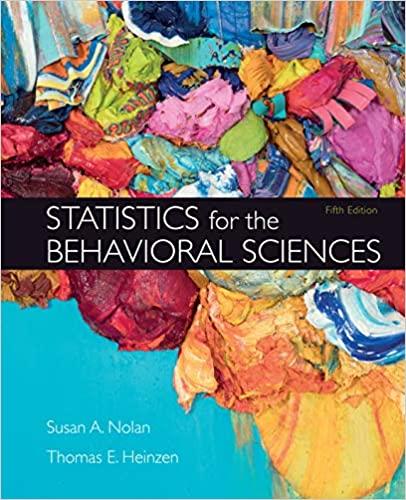Reporter Aaron Carroll (2018) reported described a new study that warned of the risks of drinking, even
Question:
Reporter Aaron Carroll (2018) reported described a new study that warned of the risks of drinking, even a little. Carroll wrote, “The news warns that even one drink per day carries a risk. But how great is that risk? For each set of 100,000 people who have one drink a day per year, 918 can expect to experience one of 23 alcohol-related problems in any year. Of those who drink nothing, 914 can expect to experience a problem.” That means that, out of 100,000 people, only four additional people will be harmed by consuming one drink a day, as opposed to none. (Carroll adds the caveat that, of course, no one is suggesting that drinking is healthy, and emphasizes that heavy drinking has been definitively shown to be related to health problems.)
a. Why is it important to understand the actual risk, as opposed to relative risk, in cases like this?
b. Why might a graph be helpful in this case?
c. Why would it be helpful to calculate Cramér’s V in a case like this?
d. Carroll also reported that data like these “can be very confounded, meaning that unmeasured factors might be the actual cause of the harm. Perhaps people who drink also smoke tobacco. Perhaps people who drink are also poorer.” Explain what he means by confounded—that is, that there might be a confound. From a research design perspective, why might these other variables be implicated in the increase in health problems?
Step by Step Answer:

Statistics For The Behavioral Sciences
ISBN: 9781319190743
5th Edition
Authors: Susan A. Nolan, Thomas Heinzen





